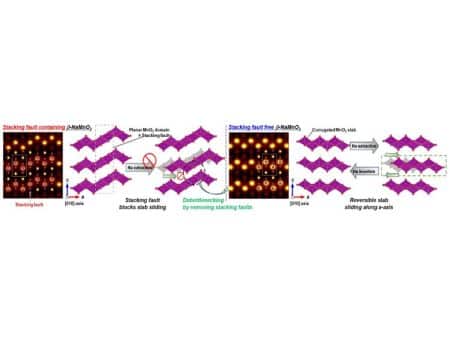While the global smart grid market is anticipated to reach $61 billion by 2023, signifying the rapid advancement of digitized energy infrastructures, cyber threats loom large over these technological ecosystems.
Smart grids combine traditional electrical systems with cutting-edge communication technologies, yet this convergence also introduces potential cybersecurity vulnerabilities. The entry of Large Language Models (LLMs)—traditionally associated with natural language processing—into the cybersecurity sphere presents a unique perspective on addressing these vulnerabilities in smart grids.
The smart grid’s architecture, encompassing generation, transmission, and distribution subsystems, inherently creates numerous points of potential attack. Unauthorized access, data manipulation, and denial-of-service (DoS) attacks are among threats that exacerbate system vulnerabilities—worth noting is that global cybercrime costs are projected to grow by 15% per year, potentially reaching $10.5 trillion annually by 2025. These statistics underscore the necessity for robust defenses integrated throughout each layer of the smart grid’s operational stack. The dynamic landscape of cyber threats necessitates innovative defense mechanisms underpinned by machine learning and AI-driven anomaly detection systems.
Large Language Models: Pushing the Envelope in Cybersecurity
Plugging into smart grid infrastructures, LLMs offer transformative capabilities for enhancing cybersecurity measures. Armed with extensive datasets, LLMs can facilitate threat intelligence analysis, charting previously undetected anomalies in network traffic, and even automating responses to identified threats. The potential to dissect communication patterns and unveil insidious vulnerabilities enriches the cyber defense ecosystem. However, the deployment of LLMs is not without its impediments—primarily, the challenge of interpreting vast and complex datasets, their exposure to adversarial attacks, and the ongoing struggle for algorithmic transparency and fairness.
Critically evaluating LLMs’ utility reveals notable constraints, such as data availability and the risk of adversarial machine learning attacks, which are poised to become increasingly sophisticated. A study by Gartner highlights that by 2022, 30% of all AI cyberattacks will consist of poisoning training data—a concern that extends to LLMs. Consequently, the advancement of these models in cybersecurity demands an emphasis on developing resilient architectures and fostering a deeper understanding of how these tools can be safeguarded against emerging threats.
LLMs in Future Landscape
The trajectory for integrating LLMs in smart grid cybersecurity extends into optimizing LLM robustness, increasing model transparency, and ensuring privacy adherence across the energy distribution networks. Projections suggest that fusing LLMs with evolving technologies like blockchain can unlock new dimensions in securing decentralized smart grid operations. Such intersections of technology could potentially bolster the resilience of smart grids, creating a formidable bastion against cyber intrusions.
Stay updated on the latest in energy! Follow us on LinkedIn, Facebook, and X for real-time news and insights. Don’t miss out on exclusive interviews and webinars—subscribe to our YouTube channel today! Join our community and be part of the conversation shaping the future of energy.








